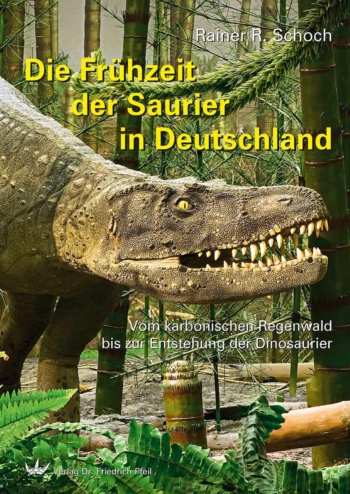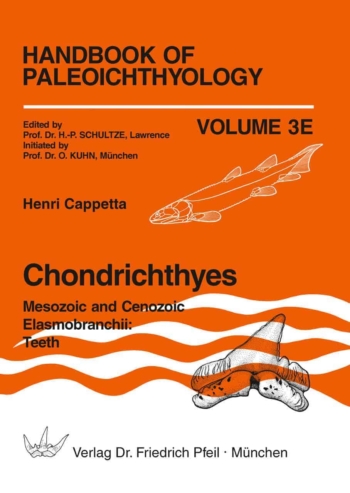Philately is one of the most, if not the most popular of pastimes. Such is the volume of stamps issued by postal authorities throughout the world today that all collectors specialize to a greater or lesser extent, commonly in stamps of their own country. Many, however, prefer to concentrate on a particular theme, which in many cases relates to another interest of the collector. Some topics are widely represented and have a good deal of popular appeal - birds, sport and transport, for example. Fossils have featured on commemorative stamps for just over 50 years, India having issued the first in 1951 in celebration of the centenary of its Geological Survey; it depicted an extinct elephant-like animal. Inevitably dinosaurs have dominated stamps with a palaeontological theme, and the number has grown phenomenally since the issue of the first dinosaur stamp by the Peoples' Republic of China in 1958. This stamp was one of a set of three, each depicting a different fossil. The others featured a giant deer and a trilobite, the latter also being the first stamp to show one of these fossils.
Although immensely popular with fossil collectors, comparatively few stamps with trilobites as their theme have been issued. The authors illustrate, with carefully assembled details, all 48 trilobite stamps and sheets issued to date, by 22 different countries. They depict trilobites from all of the geological systems in which they occur, from Cambrian to Permian, with nearly half featuring Cambrian forms. Most (unlike many dinosaur stamps!) are from countries in which the fossils have been found, and the majority give a reasonably faithful representation of the species featured. Readers can judge this for themselves, since the authors have included a photograph of each (or a closely related) species that appears on a stamp. As well as the stamps, the authors have included all known special cancellations and postal stationery illustrating trilobites; some of this material was issued to accompany the commemorative stamps, but much is unrelated and was prepared to promote, for example, meetings of amateur and professional geological and palaeontological clubs and societies, or local mineral and fossil fairs.
The stamps and related postal stationery are arranged according to a systematic arrangement of trilobites, using that employed by the internationally authoritative text on the subject, the Treatise on Invertebrate Paleontology. This scheme has the advantage to collectors of both stamps and trilobites of putting both in their context, and the authors have included a short description of each species represented, on the stamps and on the postal stationery.
Although several countries with a rich 'trilobitic' heritage, for example the Czech Republic, have celebrated this philatelically, there remain many gaps; the diverse trilobites found in such countries as Germany, the United Kingdom, Morocco and the USA have yet to find their way onto postage stamps. This book will provide interest and enjoyment for any body who has an interest either in trilobites, fossils in general, or in stamp collecting, or in all of these. With such a limited subject area, it is easy and inexpensive to build up a comprehensive set of trilobite stamps. Although their issue has been sporadic in the past, over half have been issued during the last six years. Hopefully other postal authorities will be encouraged in the years to come to promote their nation's palaeontological heritage, including trilobites.
Dr. Robert M. Owens
National Museum of Wales, Cardiff
February 2002






Reviews
There are no reviews yet.